| Name | Elevation | Photo |
|---|---|---|
| 1,702.00 m | 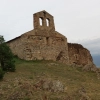 | |
| 1,698.80 m | 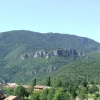 | |
| 1,697.22 m | 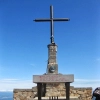 | |
| 1,691.90 m | 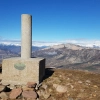 | |
| 1,690.00 m | 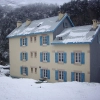 | |
| 1,687.30 m | 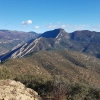 | |
| 1,681.20 m | 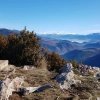 | |
| 1,678.50 m | 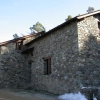 | |
| 1,678.40 m | 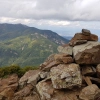 | |
| 1,677.50 m | ||
Tossal de les Torretes Sostre Comarcal de la Noguera Serra del Montsec Llimiana Vilanova de Meià Europa | 1,676.40 m | 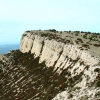 |
| 1,675.36 m | 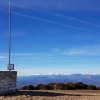 | |
| 1,675.30 m | 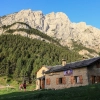 | |
| 1,675.00 m | 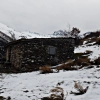 | |
| 1,672.40 m | 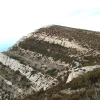 | |
| 1,667.30 m | 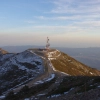 | |
| 1,660.00 m | ||
| 1,658.30 m | 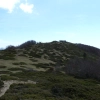 | |
| 1,657.10 m | 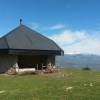 | |
| 1,655.60 m | 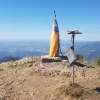 |
Eurasia () is the largest continental area on Earth, comprising all of Europe and Asia. Primarily in the Northern and Eastern Hemispheres, it is bordered by the Atlantic Ocean to the west, the Pacific Ocean to the east, the Arctic Ocean to the north, and by Africa, the Mediterranean Sea, and the Indian Ocean to the south. The division between Europe and Asia as two continents is a historical social construct, as they have no clear physical separation between them; thus, in some parts of the world, Eurasia is recognized as the largest of the six, five, or four continents on Earth. In geology, Eurasia is often considered as a single rigid megablock. However, the rigidity of Eurasia is debated based on paleomagnetic data.Eurasia covers around 55,000,000 square kilometres (21,000,000 sq mi), or around 36.2% of the Earth's total land area. The landmass contains well over 5 billion people, equating to approximately 70% of the human population. Humans first settled in Eurasia between 60,000 and 125,000 years ago. Some major islands, including Great Britain, Iceland, Ireland, and Sri Lanka, as well as those of Japan, the Philippines, and most of Indonesia, are often included in the popular... Wikipedia ()
